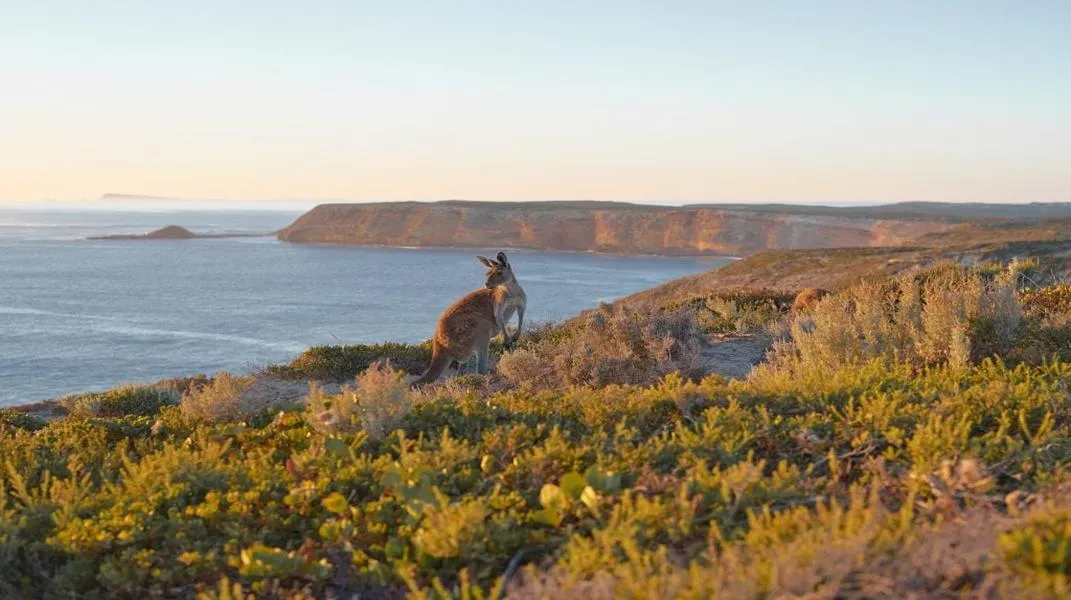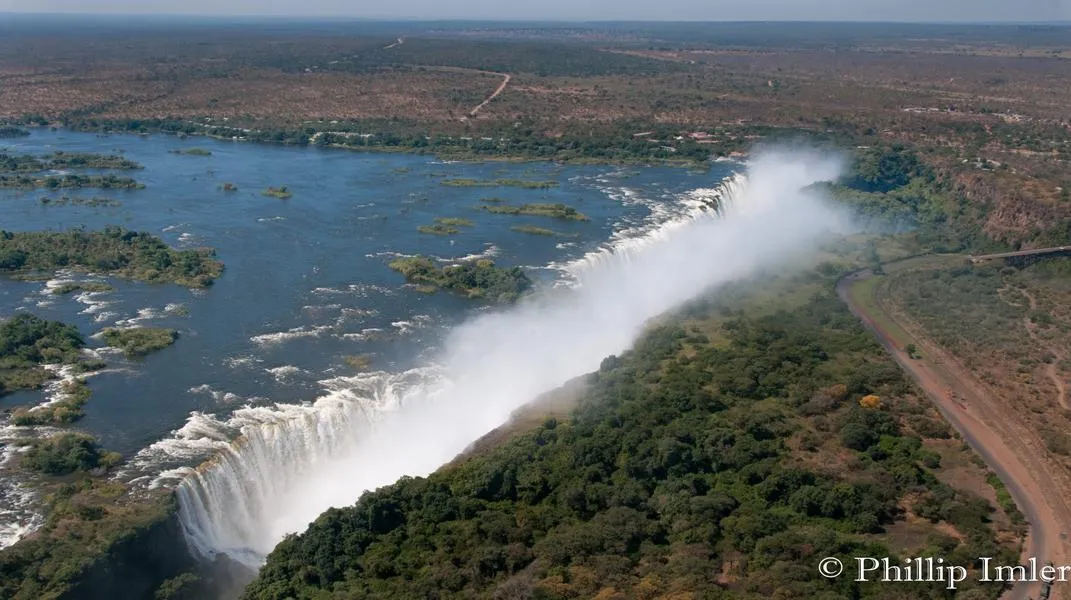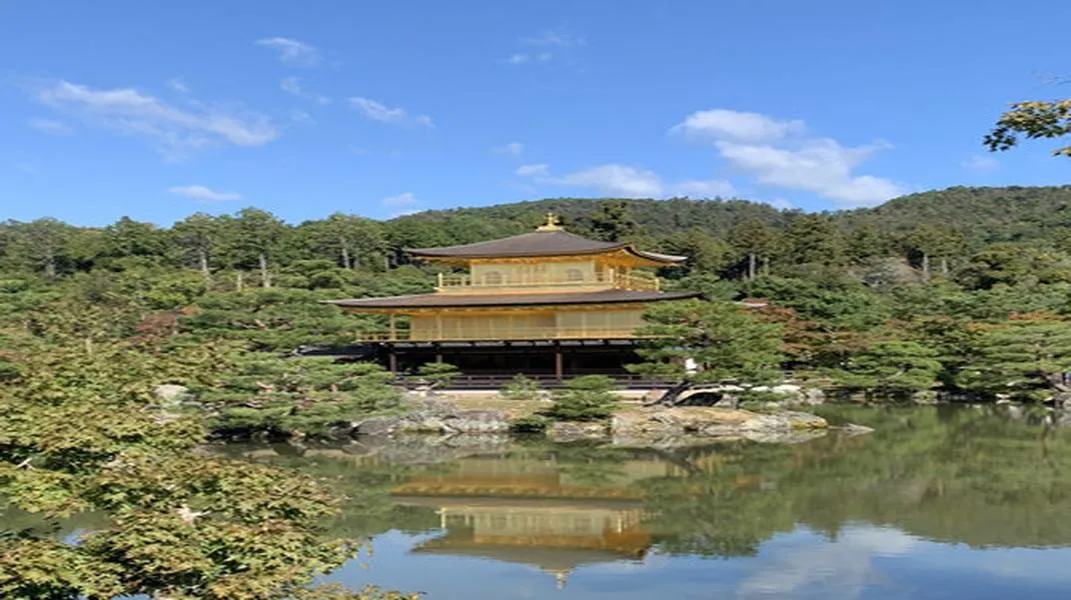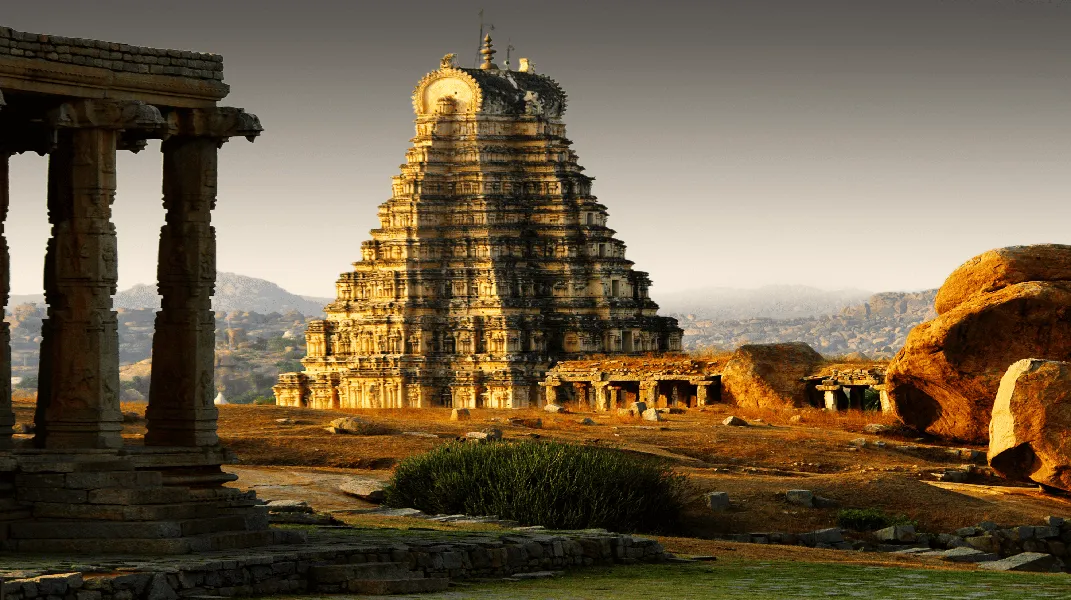Discovering Tanzania: A Journey Through Natural Wonders and Cultural Richness
Tanzania, located in East Africa, is a country renowned for its stunning landscapes, diverse wildlife, and rich cultural heritage. From the snow-capped peaks of Mount Kilimanjaro to the vibrant ecosystems of the Serengeti and the idyllic beaches of Zanzibar, Tanzania is a treasure trove for travelers seeking adventure, relaxation, and cultural immersion. This article delves into the various tourist attractions in Tanzania, providing detailed insights into what makes this destination unique, as well as necessary preparations for your visit.
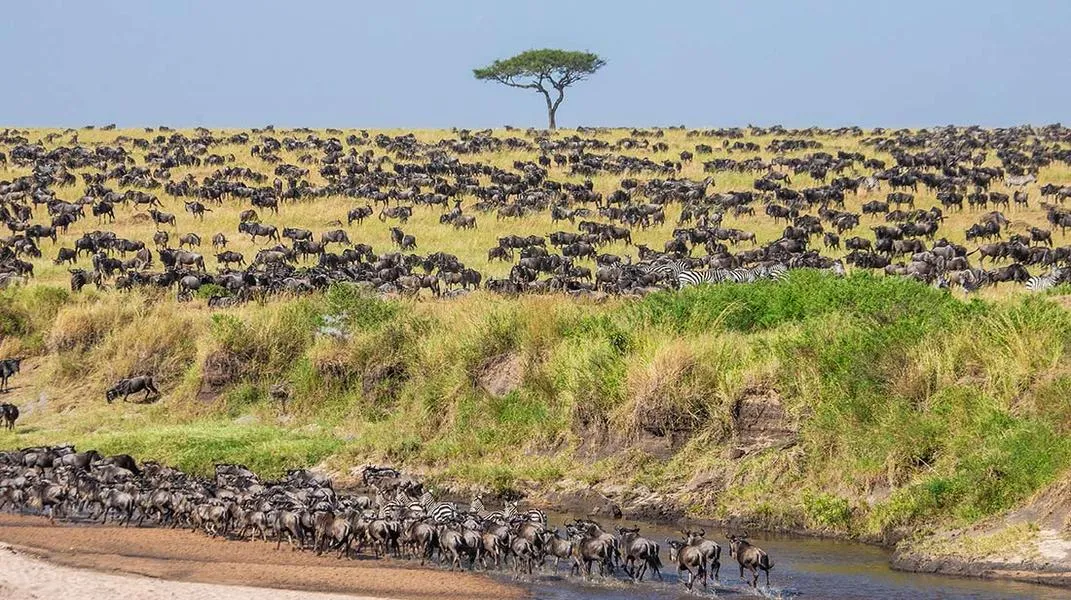
Attractions of Tanzania
1. Mount Kilimanjaro
Standing at 5,895 meters (19,341 feet), Mount Kilimanjaro is Africa’s highest peak and one of the continent's most famous climbing destinations. The mountain is composed of three volcanic cones: Kibo, Mawenzi, and Shira. Trekking to the summit is a life-changing experience that offers breathtaking views and a chance to explore diverse ecosystems, from lush rainforests to alpine deserts.
Climbing Routes: The most popular trekking routes include:
- Machame Route: Known as the "Whiskey Route," this path offers stunning vistas and a variety of landscapes, making it a favorite among climbers.
- Lemosho Route: This longer trek provides a more remote experience, with a higher chance of acclimatization due to its gradual ascent.
- Marangu Route: The only route with huts for accommodation, it is often considered the easiest, though it can be crowded.
Best Time to Visit: The ideal months for climbing are January to March and June to October, when the weather is generally dry and stable.
2. Serengeti National Park
The Serengeti is one of Africa's most iconic national parks, celebrated for its annual migration of wildebeest and zebras. Spanning over 14,750 square kilometers (5,700 square miles), the park is home to an incredible array of wildlife, including lions, elephants, cheetahs, and rhinos.
Wildlife Safaris: Visitors can embark on guided safari tours, either by vehicle or on foot, to witness the spectacular wildlife and diverse ecosystems. Hot air balloon safaris offer a unique perspective of the park from above, providing stunning aerial views of the Serengeti.
The Great Migration: This natural spectacle typically occurs between April and July, as millions of wildebeest and zebras move in search of greener pastures. It's a sight not to be missed by any wildlife enthusiast.
3. Ngorongoro Crater
The Ngorongoro Crater, a UNESCO World Heritage Site, is often referred to as one of the world's natural wonders. Formed by the collapse of a volcano, this enormous caldera is home to a dense population of wildlife, including the Big Five: lions, leopards, elephants, rhinoceros, and buffalo.
Crater Tours: Visitors can take guided tours into the crater, where they can observe wildlife grazing on the lush grasslands and drinking from the crater's lakes. The stunning landscape, with its steep walls and diverse habitats, provides excellent opportunities for photography.
4. Zanzibar Archipelago
Zanzibar, an idyllic island off the coast of Tanzania, is famous for its white sandy beaches, crystal-clear waters, and rich cultural history. The island is a melting pot of African, Arab, and Indian influences, evident in its architecture, cuisine, and traditions.
Stone Town: A UNESCO World Heritage Site, Stone Town is the cultural heart of Zanzibar. Visitors can explore its narrow alleys, bustling markets, and historic buildings, such as the House of Wonders and the Old Fort. Don’t miss the chance to experience the vibrant spices that the island is known for, with spice tours available for those interested.
Beaches: Zanzibar boasts some of the world’s most beautiful beaches, such as Nungwi and Kendwa on the northern coast, and Paje and Jambiani on the eastern coast. These beaches are perfect for relaxation, water sports, and diving.
5. Tarangire National Park
Less crowded than the Serengeti, Tarangire National Park is renowned for its massive elephant herds and iconic baobab trees. The park is teeming with wildlife, including giraffes, lions, and various bird species, making it a paradise for nature lovers and photographers.
Game Drives: Visitors can enjoy game drives through the park, which offers a more intimate safari experience. The park is particularly stunning during the dry season when animals congregate around the Tarangire River.
6. Lake Manyara National Park
Lake Manyara National Park is known for its diverse ecosystems, including lush forests, savannahs, and a soda lake. The park is famous for its tree-climbing lions, flamingos, and large elephant herds.
Activities: In addition to game drives, visitors can enjoy guided walking safaris and birdwatching tours, as the park is home to over 400 bird species.
7. Ruins of Kilwa Kisiwani
For history enthusiasts, the ruins of Kilwa Kisiwani provide a glimpse into Tanzania's past as a center of trade and commerce. The UNESCO World Heritage Site features ancient structures such as the Great Mosque and the Husuni Kubwa palace, dating back to the 14th century.
Exploration: Travelers can take guided tours to learn about the history and significance of the site, as well as the influence of Arab traders on the region.
Preparing for Your Visit
Visiting Tanzania requires some preparation to ensure a safe and enjoyable experience. Here’s a comprehensive guide to help you get ready for your adventure.
1. Travel Documents
- Passport: Ensure your passport is valid for at least six months beyond your planned departure date.
- Visa: Most travelers will require a visa to enter Tanzania. You can apply for an e-visa online or obtain one upon arrival at the airport.
2. Vaccinations and Health Precautions
- Yellow Fever Vaccine: A yellow fever vaccination certificate is required if you are traveling from a country with risk of yellow fever transmission.
- Malaria Prophylaxis: Consult with your healthcare provider about malaria prevention medications, as malaria is prevalent in many parts of Tanzania.
- Travel Insurance: Comprehensive travel insurance covering medical emergencies, trip cancellations, and lost belongings is highly recommended.
3. Packing Essentials
- Clothing: Lightweight, breathable clothing is ideal for the warm climate. Include long-sleeved shirts and pants for protection against mosquitoes. A warm jacket or fleece is advisable for cooler evenings, especially if climbing Kilimanjaro.
- Footwear: Sturdy hiking boots are essential for trekking and safaris. Flip-flops or sandals are great for relaxing at the beach.
- Sun Protection: Bring sunscreen, sunglasses, and a wide-brimmed hat to protect against the sun’s rays.
- Insect Repellent: A good insect repellent containing DEET is crucial for warding off mosquitoes.
- Binoculars: For wildlife viewing, a pair of binoculars can enhance your safari experience.
- Camera: Capture the stunning landscapes and wildlife with a good-quality camera.
4. Currency and Payments
The currency used in Tanzania is the Tanzanian Shilling (TZS). While credit cards are accepted in larger establishments, it’s advisable to carry cash, especially in rural areas and smaller towns. ATMs are available in urban centers, and currency exchange services can be found at airports and hotels.
5. Local Culture and Etiquette
Understanding the local culture and customs can enrich your experience in Tanzania. Some key points to consider:
- Greetings: Greetings are important in Tanzanian culture. A simple “Jambo” (Hello) is a good way to start a conversation.
- Dress Modestly: When visiting rural areas or religious sites, dress modestly to respect local customs.
- Tipping: Tipping is appreciated in restaurants and for guides. A standard tip ranges from 10% to 15% of the bill.
6. Transportation
Transportation options in Tanzania vary depending on your destination. Domestic flights connect major cities and tourist destinations, while taxis and ride-sharing apps are available in urban areas. For safaris, many tour operators provide transportation in 4x4 vehicles.
Conclusion
Tanzania is a destination that captivates the hearts of travelers with its stunning landscapes, diverse wildlife, and rich cultural tapestry. Whether you are scaling the heights of Kilimanjaro, embarking on a safari in the Serengeti, or lounging on the pristine beaches of Zanzibar, Tanzania promises an unforgettable experience. By preparing adequately and embracing the local culture, you will ensure a rewarding adventure in this East African paradise. So pack your bags, and get ready to explore the beauty and wonder that is Tanzania.
This HTML structure includes appropriate `` and `
` tags for headings and paragraphs, ensuring a clear and organized presentation of the content.

